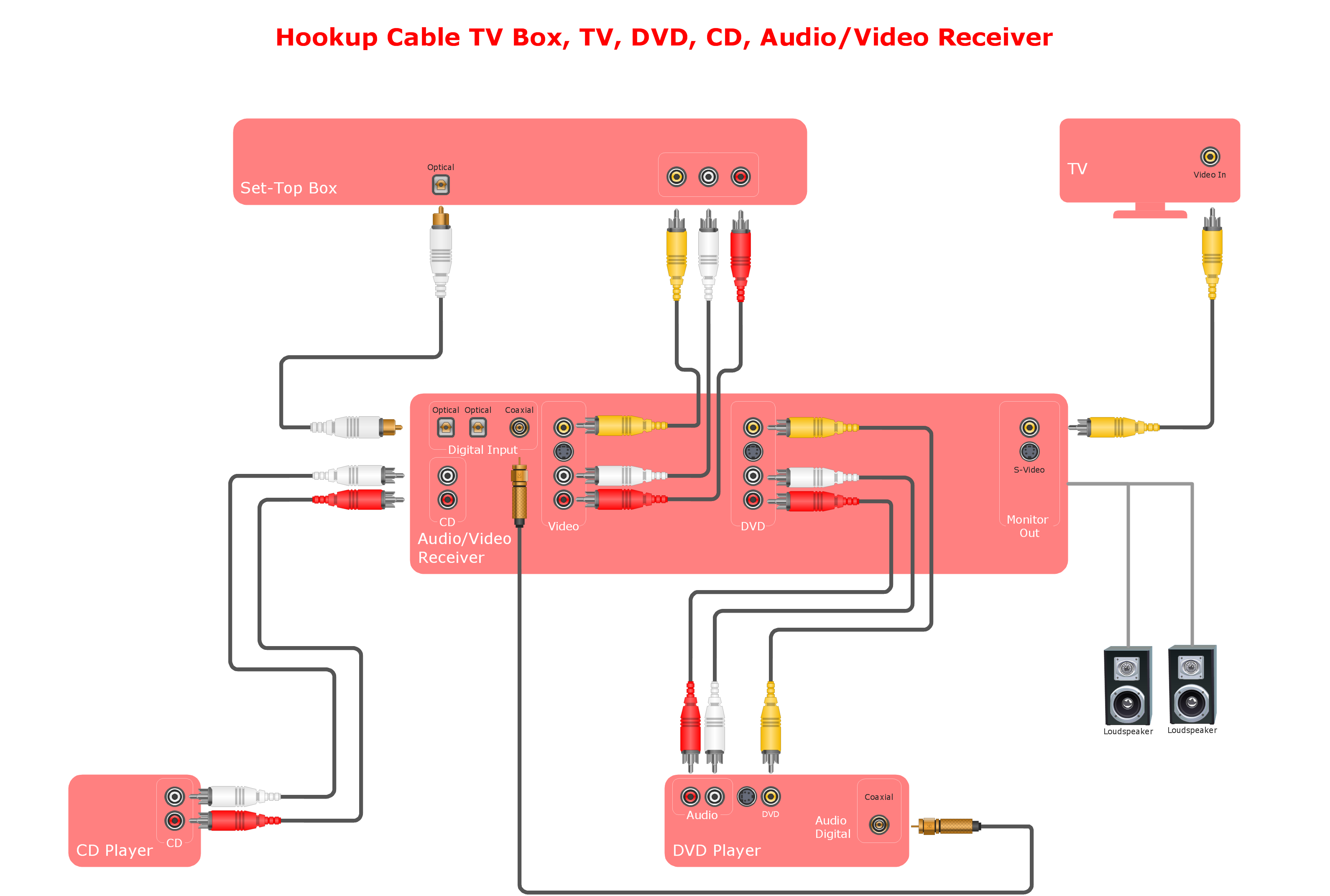
Placing surveillance cameras efficiently is essential for enhancing monitoring across various environments, including homes, commercial properties, and community areas. The primary objective of security systems is to discourage criminal activity and offering evidence during case of events. To achieve this, it becomes essential to take into account several elements, including surveillance camera placement, field of vision, and the particular zones that require monitoring. By comprehending these elements, individuals as well as organizations can develop a comprehensive monitoring strategy that maximizes the effectiveness of their security solutions.
One of the first actions in positioning surveillance cameras involves to identify critical areas that require monitoring. Vulnerable zones, including entrances, exits, vehicle lots, and areas with valuable assets, must be prioritized. It also important to take into account blind spots, that may be areas that might not be visible from specific angles. By charting out these critical areas, surveillance staff can guarantee that all corner is observed, reducing the likelihood of illegal activity going undetected. Additionally, placing surveillance systems at strategic locations can help create a complete view of the property, allowing for improved overall surveillance coverage.
The field of a security system remains another important element to consider. Different kinds of cameras provide varying fields of vision, that can influence how much space gets captured in the video. For instance, broad-view systems can cover bigger areas, making them perfect for spacious areas, whereas pan-tilt-zoom cameras can be modified to concentrate on particular details. When positioning surveillance systems, it is essential to choose the right kind based on the area being monitored. This guarantees that the camera can capture sharp footage and offer valuable data in the event of an incident.
Elevation and tilt of installation also play a significant part in the efficacy of surveillance systems. Cameras should be mounted at a height that remains out of grasp of possible interference but still allows for clear viewing of faces and other identifying details. A typical suggestion is install cameras at least 8 to 10 ft off the ground. Additionally, the angle at which the system remains positioned can affect its capability to capture important details. Cameras should be angled to reduce reflection and avoid obstructions, ensuring that they can capture sharp footage at all moments.
In conclusion, routine maintenance and updates to the surveillance look at this now system is crucial for sustained effectiveness. This includes checking system performance, cleaning lenses, as well as making sure that firmware is current. Frequent evaluations of the surveillance strategy can assist detect any new blind spots or areas that might need additional coverage. By remaining vigilant and making necessary changes, people and organizations can improve their monitoring effectiveness and ensure that their security systems remain to fulfill their intended function.